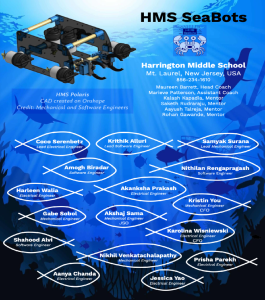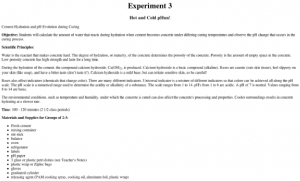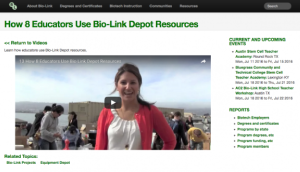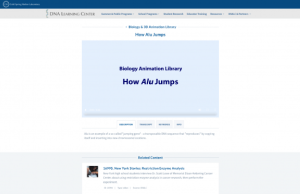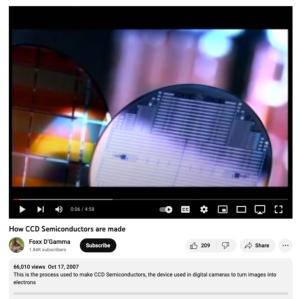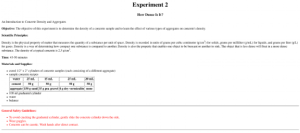Browse Resources
Resources | |
|---|---|
In this lesson from the MAPS GIS program at Lane Community College, students will estimate the impact of HIV/AIDS on world populations. They will look at adult and child case numbers as well as look at the effect of the HIV/AIDS epidemic on the existing public health care systems. Students will also...
This 25-page report, published by Harrington Middle School, describes the design and construction of the underwater remotely operated vehicle (ROV) created by the Lancer Lumineers team for the Ranger Class of the 2022 MATE ROV competition. MATE ROV is a global competition that challenges STEM...
The Materials Science and Technology Teacher's Workshop (MAST) provides this lesson plan which will help students understand how temperature affects the conductivity, or resistance, of a variety of electrical materials and devices. The basic scientific principles of heat, metals and semiconductors...
The Materials Science and Technology Teacher's Workshop (MAST) provides this lesson plan for students learning about concrete. The class will "calculate the amount of water that reacts during hydration when cement becomes concrete under differing curing temperatures and observe the pH change that...
In this video by Bio-Link, educators from different biotechnology programs talk about the ways they use equipment received from the Bio-Link Depot. This video runs 4:56 minutes in length.
Alu is an example of a so-called 'jumping gene' - a transposable DNA sequence that reproduces "by copying itself and inserting into new chromosome locations." This animation from Cold Spring Harbor Laboratory's Dolan DNA Learning Center presents Alu through a series of illustrations of the processes...
This demonstration, presented by the National Nanotechnology Infrastructure Network, exposes students to the functionality of catalysts on a nanoscale. This lesson is "a great way to introduce or review reactants, catalysts, and adsorption, desorption, and diffusion. Use this demonstration after the...
This video from the science channel illustrates the process used to make CCD Semiconductors, the device used in digital cameras to turn images into electrons. This video runs 04:57 minutes in length.
The Materials Science and Technology Teacher's Workshop (MAST) provides this lesson plan for students learning about concrete. The purpose of the activity is to "determine the density of a concrete sample and to learn the effect of various types of aggregates on concrete's density." The experiment...
In this video, created by Support Center for Microsystems Education (SCME), viewers are introduced to the structure of DNA microarrays. Viewers will learn about the physical structure of an array, how it works by utilizing the DNA hybridization process, and how an array analysis is interpreted. This...
| |
| ← Previous | Next → |

